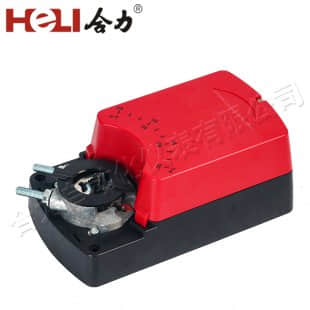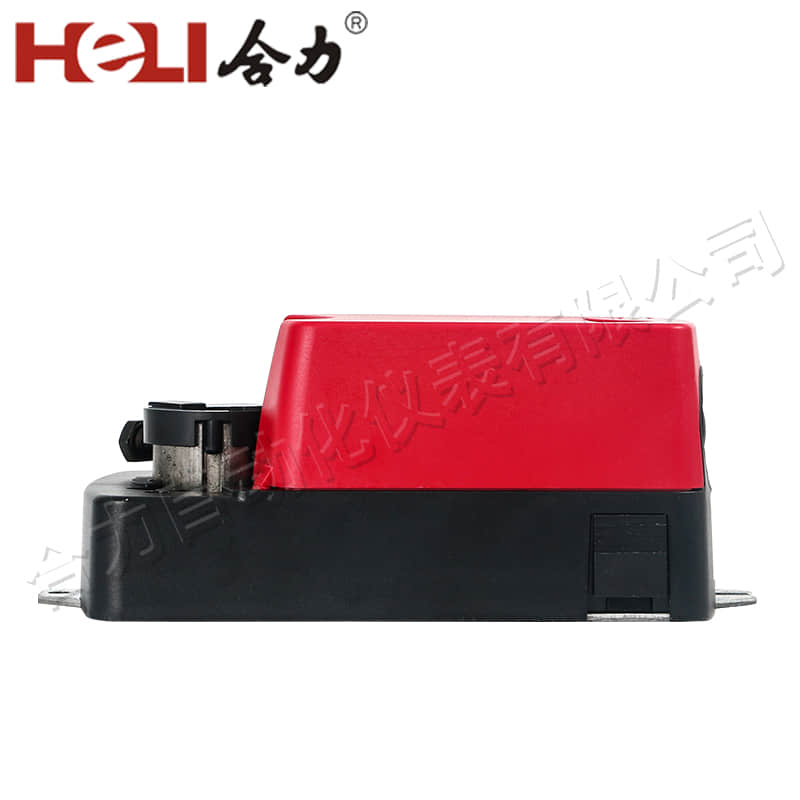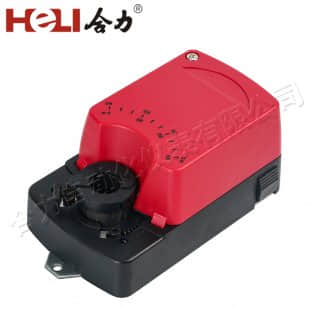
Damper actuators play a crucial role in heating, ventilation, and air conditioning (HVAC) systems, ensuring optimal airflow and maintaining desired indoor climates. These devices are responsible for controlling the position of dampers, which are essential for regulating air movement within ductwork. By delving into the functionality, types, and applications of damper actuators, we can appreciate their ultimate importance in modern HVAC systems.

At its core, a damper actuator is a mechanical device that adjusts the opening and closing of dampers in response to control signals. These signals can originate from a building's central control system, thermostats, or environmental sensors. By modulating the damper's position, actuators help balance airflow, maintain temperature consistency, and enhance energy efficiency.

